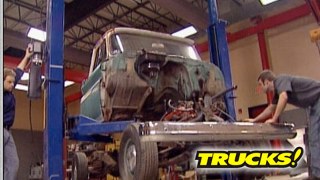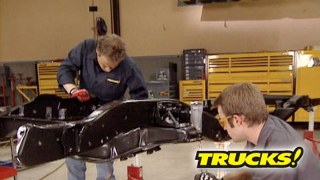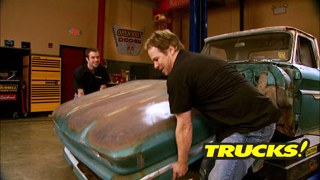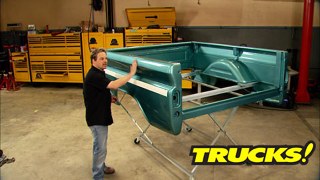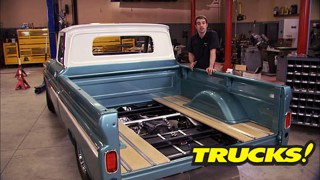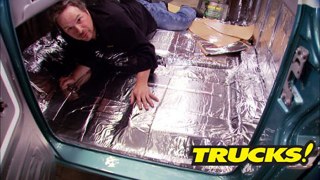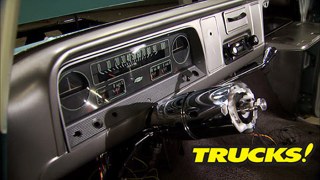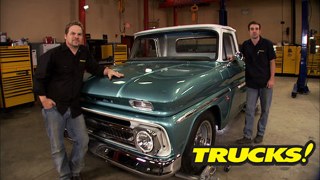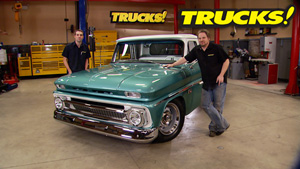Parts Used In This Episode
International Chemical Products,Inc.
Metal pre-treatment.
LMC Truck
Front bed panel, wood floor kit, wood floor strips and hardware.
Mr. Gasket
14" round air cleaner.
Mr. Gasket
Spin-on oil filter adapter.
Painless Performance
Striker I Module.
Pertronix
Ignition II points conversion, flame thrower II coil, custom fit wire set.
The Industrial Depot
Misc. bolts and hardware, Cut-Off wheels.

